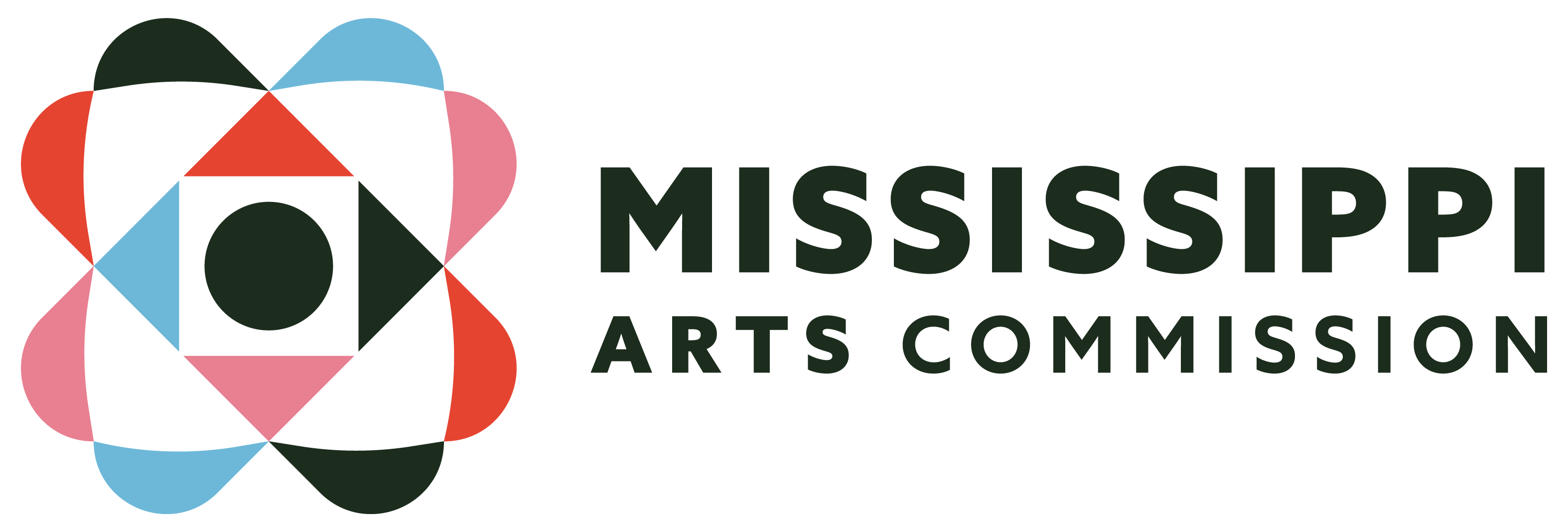Evaluating Projects and Programs
All grantees are expected to evaluate the projects and programs funded by Commission grants. The best way to do this is to make sure the things that you expect to accomplish are clearly stated in your grant application. The following is a brief, step-by-step guide to creating an evaluation plan for your project or program.
Why Evaluate?
Evaluating projects/programs helps organizations
- plan better projects/programs,
- improve service to constituents,
- be accountable to funders and partners
- provide information for advocacy and promotion
The first two kinds of evaluation are “formative” or “in-progress” evaluations. The second two are “summative” or “final” evaluations.
An Evaluation Answers Such Questions As:
How are we doing? (formative or in-progress evaluation)
How can we improve our project/program? (formative or in-progress)
How did we do? (summative or final evaluation)
Who Evaluates?
- Staff members
- Board members
- Volunteers
- Project/program participants
- Funders
- Evaluation consultants
Evaluation Makes The Following Tasks Easier To Manage:
- Strategic planning
- Program planning
- Budgeting
- Needs assessment
- Market research
- Grant writing
- Final reports
- Annual reports
Important Evaluation Terms
A goal is an expression of a wished-for set of circumstances, for example, “to make the world safe for democracy” or “to make the arts a basic part of education in our schools” or “to promote excellence in the arts in our community.”
An outcome or objective (these can be used interchangeably) is a quantifiable, verifiable, time bound expression of a goal-related result, for example, “to reduce the strategic arsenal of the Western powers by 20 percent over the next five years” or “to identify and work with two new partners in 1999” or “by the end of two years, to enable ten teachers in ABC Elementary School to teach discipline-based art lessons once a week” or “to increase the audience for our performing arts series by 20 percent over the next three years.”
An activity, strategy, task, or method is an action taken toward realization of an outcome, for example, “to publish a newsletter,” “to present a performance,” “to recruit new members,” “to organize a media campaign,” or “to sponsor an artist residency at the middle school.”
An outcome indicator or a performance benchmark is evidence of or a measure of the achievement of a given outcome, for example, “500 children and 20 teachers toured the exhibition” or “the artist residency was so successful that the school board voted to hire an art teacher” or “our project/program was supported by three new sponsorships” or “90 percent of the participants rated the workshop excellent.”
What Can Be Evaluated?
- Perceptions of results
- Indicators of results
- Measurable outcomes/objectives
- Not goals
A Sample Project/Program Evaluation Matrix
| Goal | Outcomes/Objectives | Outcome Indicators | Data Sources |
| To promote appreciation of and participation in contemporary dance | Increase attendance by 10 percent at our annual performance by a guest touring company | Number of tickets sold; audience head count | Existing records (for example, box office receipts); observation |
| Maintain the quality of contemporary dance performances and residencies in schools on a par with last year’s program | Testimony of teachers and students | Interviews with teachers and students; reports by artists; class room observations | |
| Increase the media coverage of our dance activities over last year’s coverage | Collect clippings; document radio and television PSAs and features | Arts Council volunteers |
Steps Toward Planning A Project/Program Evaluation
Ask yourself, “what are the goals of this project/program?” Your answers should present the reader with an understanding of the project/program’s broad purposes. Write these statements down: for example, “to increase the impact of our arts programs on underserved communities” or “to make the arts a basic part of education in our schools.”
Next ask, “How will the targeted groups (underserved audiences, school children, artists, arts organizations, etc.) be changed as a direct result of the project/program? When do I expect to see these changes?” Your answers should present the concrete, measurable outcomes you expect of the project/program and tell when you expect to achieve the outcomes. (Make sure that achieving your outcomes will move you toward realizing the goals stated earlier.) Write these down: for example “increase attendance by five percent at our annual performing arts series” or “by next year, recruit three new board members that represent underserved audiences in our community.”
Then ask, “How will I know when these outcomes have been achieved? On what evidence or data will I rely?” Your answers should identify the measures of achievement you will use to determine whether or not you have achieved the outcomes stated earlier. Write these down: for example, “increases in audience participation,” “numbers of children involved in arts instruction,” “testimony of participants,” “identifying and working with a new partner,” etc.
Your evaluation plan should build on these decisions. You should not wait until the end of your project/program to carry out your evaluation plan. It should be ongoing, beginning when the project starts and continuing with periodic, intermediary steps to see how the project/program is doing. After carrying out your evaluation plan, you will have what you need to
- make decisions about future projects/programs and
- write a final or summative report of all you have achieved along with a description of what you did to bring these achievements about.

